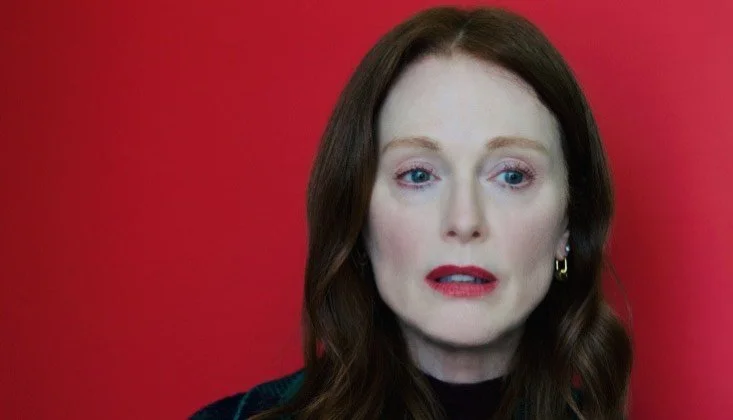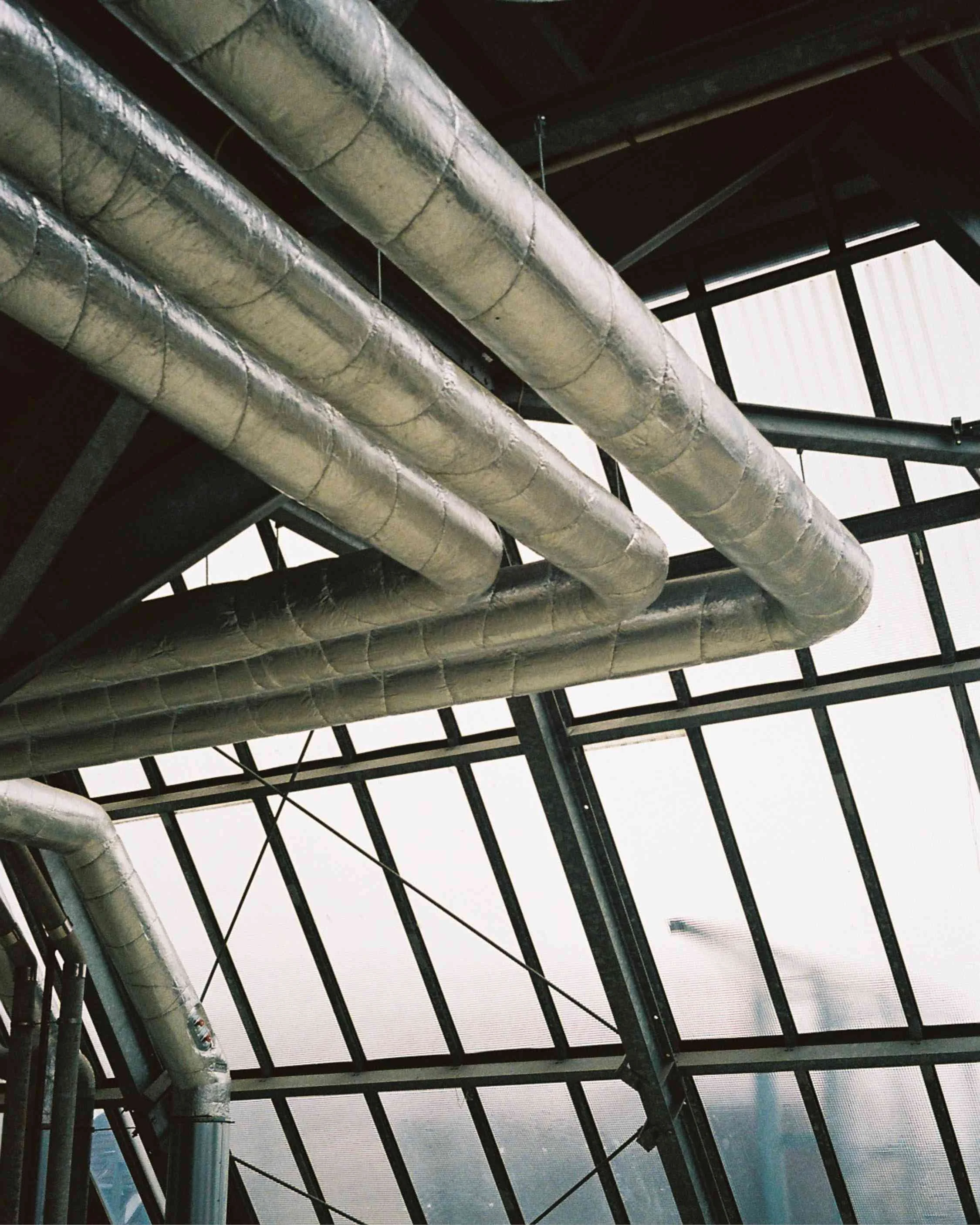Felipe Escudero
Felipe Escudero, the force behind Estudio Felipe Escudero (EFE), is a visionary creative whose work dissolves the lines between architecture, art, and design. With a rare ability to blend the organic with the technological, Felipe creates spaces and objects that invite a rethinking of the world around us. Whether in the quietude of the Andes or the pulse of a city, his projects are an expression of deep craftsmanship, emotion, and a commitment to the new.
Named one of Architectural Digest’s AD100 top talents, Felipe’s innovative vision has earned global recognition. His partnerships with iconic brands such as Mercedes-Benz and Adidas reveal his capacity to transform narratives into tangible experiences, uniting architecture, product design, and storytelling.
Felipe’s work is more than physical—it invites a shift in perception. From the intimate, peaceful embrace of Magnolia House to the experimental essence of Obio, his most experimental branch, his designs provoke a deeper engagement with space, creating an emotional resonance that lingers beyond the visual.
As Felipe opens a new office in Madrid, he expands his creative universe, pushing boundaries and delving into the realm of sculpture and art. This expansion signals a fresh wave of exploration, as his work moves beyond geography, evolving into a dynamic force that challenges not only how we build, but how we perceive the world.
With Obio now merging into Estudio Felipe Escudero, what does this new chapter mean for the future of your design philosophy, and how will this integration affect the experiences you want to offer to your loyal and upcoming clients? Merging Obio with Estudio Felipe Escudero seems like a natural progression. How do you plan to balance the experimental nature of Obio with the architectural projects that EFE is known for?
The merging of Obio into Estudio Felipe Escudero marks an exciting evolution in our journey. Obio was conceived as an experimental, multidisciplinary branch of EFE—a playground for pushing boundaries and exploring uncharted territories of design. As some of these experiments mature and take form, like the sculptures now, they find their place within EFE’s core practice. This integration is both a celebration of their success and a way to expand the experiences we offer to our clients.
At the same time, Obio remains a vital, free-spirited incubator of disruptive ideas—a space where disciplines dissolve, and creativity knows no bounds. By keeping Obio young, naive, and punk at heart, we ensure it continues to transgress the constraints of the commercial world, fueling the innovation that defines our philosophy. This chapter reinforces our commitment to creating bold, transformative designs that challenge conventions and inspire new ways of experiencing the world.
As Obio becomes an integral part of EFE, how will this fusion affect the types of projects you pursue? Can clients expect to see more cross-disciplinary collaborations between architecture, design, and art?
As Obio becomes an integral part of EFE, the fusion doesn’t just expand the types of projects we pursue—it redefines how we approach them. This integration allows us to move fluidly between disciplines, creating connections that weren’t obvious before. Projects like Foresta demonstrate how sculptural thinking can influence architecture, while our sculptures now borrow the tactile qualities and material innovation from our fashion and jewelry lines.
What excites me most is how these intersections reshape our understanding of design. In the 1970s, the idea of clothing as a ‘second skin’ and architecture as a ‘third’ felt revolutionary. Today, we’re in a moment where the boundaries between these layers are dissolving, giving rise to something multidimensional. This shift inspires us to create spaces, objects, and experiences that reflect this new, interconnected reality—designs that aren’t just functional or aesthetic, but that engage with the complexity of how we live, interact, and express ourselves in the digital age.
The opening of your new office in Madrid marks a major milestone for Estudio Felipe Escudero (EFE). How do you envision this expansion shaping your approach to international collaborations and the global reach of your projects?
The opening of our office in Madrid is a natural step in our journey as we expand into international projects. With increasing collaborations across Europe and the Middle
East, having an intercontinental presence in a city like Madrid makes perfect sense. Madrid is in the midst of a creative renaissance, with dynamic changes and developments shaping its identity. It feels like the right moment to be part of this energy.
This expansion isn’t just about streamlining operations—it’s about broadening our perspective. Being in Madrid places us at the intersection of diverse cultures and markets, which deepens our understanding of the global impact of our work. It’s an opportunity to engage in richer collaborations and create projects that resonate on a broader, more interconnected scale.
Your architectural style often blends the natural world with cutting-edge materials and technology. How do you personally navigate the tension between tradition and innovation in your own creative process?
Our work places a strong emphasis on craft, which serves as the foundation of everything we do. While we often use cutting-edge materials and technology to bring natural shapes to life, this approach is deeply rooted in history. Nature has always inspired design, and the idea of merging organic forms with advanced techniques is not new—it’s a continuation of a timeless dialogue.
For me, true innovation lies not just in the tools or materials we use but in the feelings and ideas we evoke. It’s about creating designs that resonate emotionally and intellectually, blending the familiarity of tradition with the excitement of new possibilities. This balance allows us to honor the past while pushing the boundaries of what’s possible.
Your projects, like Magnolia House and Biocepario, are often described as serene and almost otherworldly. How do you want people to feel when they experience one of your spaces, and what personal emotions do you hope to evoke through your work?
I believe that a profound connection with nature is sparked through emotion and contemplation. This is something I strive to embed in all my work. Whether it’s a space
like Magnolia House or an object we design, there’s always an element that invites you to pause, reflect, and connect on a deeper level.
At the same time, context and the client’s personal story play an essential role in shaping these experiences. My goal is to create spaces or objects that feel entirely new and otherworldly, yet still carry a sense of familiarity—like stepping into a dream that somehow feels like home.
You've worked on projects in both natural landscapes like the Andes and urban settings. How do you adapt your design process to respect and integrate the environment, and what has been the most challenging environment to design for?
My work challenges the traditional divide between natural and artificial, questioning the true benefits of each beyond their surface definitions. To me, every landscape—whether a pristine natural setting like the Andes or a dense urban environment—carries complex layers of history, politics, economies, emotions, and climate.
The design process begins by uncovering these layers and understanding how they interact with one another. This allows me to create spaces that respect and integrate the environment while still pushing boundaries. The most challenging environments are often those where these layers are in tension. Navigating these complexities requires sensitivity, adaptability, and a willingness to embrace the contradictions inherent in every place.
As someone whose work merges digital aesthetics with tangible materials, where do you see the future of architecture heading in terms of technology?
Throughout history, architecture has either led or lagged behind societal shifts. In moments like the Renaissance or the Industrial Revolution, it was at the forefront, shaping history through conceptual, material, and philosophical breakthroughs. Other times, it has struggled to keep pace with change.
I believe we’re now at a pivotal moment in the digital era where architecture has the opportunity to reclaim its role as a leader. Technology offers us tools not just to build, but to express the deeper philosophical and material needs of society. It’s a chance to redefine how we interact with spaces, each other, and the world, pushing architecture into a future that’s as innovative as it is meaningful. It’s a chance for architecture to solve real life problems.
Having collaborated with brands such as Mercedes Benz and Adidas, you've stepped beyond traditional architecture into product design and fashion. What's been the most unexpected lesson or inspiration you've gained from these collaborations?
Collaborating with brands like Mercedes-Benz and Adidas has been an incredible opportunity to step into a contemporary, playful, and inspiring creative playground. We’ve been fortunate to work with partners who truly trust and embrace our vision, allowing us to explore bold ideas while meeting their unique needs.
What’s been most unexpected, though, is how these collaborations challenge us to think differently about design—beyond architecture, beyond objects, into the realm of storytelling and cultural resonance. Each project is a chance to learn, refine, and push boundaries, raising the bar not only for ourselves but for what design can achieve in connecting people with brands, ideas, and emotions.
Interview by MACARENA ARIAS SILVA DEL POZO
What to read next

















